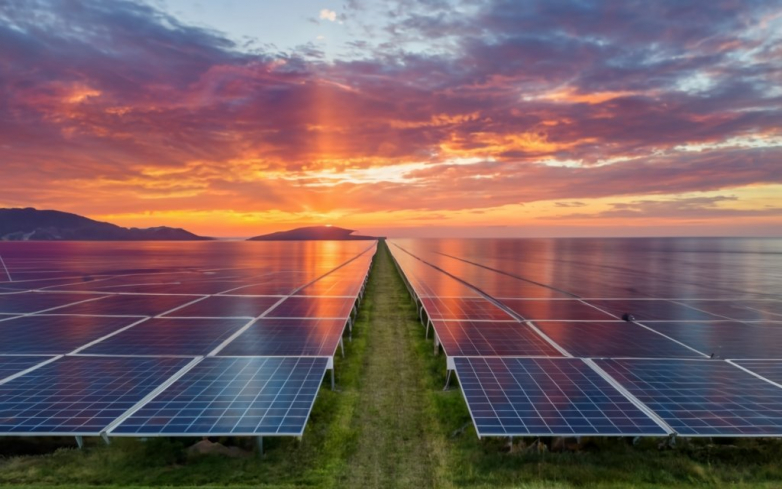Ruthenium Particles and Solar Power

Dec 14, 2023 01:36 PM ET
- Revolutionary new technology for producing green hydrogen cheaper & more efficiently developed by IIT & BeDimensional S.p.A. using small ruthenium particles & solar-powered water electrolysis. Ruthenium costs 40 mg/kW – competitive & long-operating life. Up-scaled electrolysers powered by renewable energy sources will be next!

A joint team from the Istituto Italiano di Tecnologia (IIT) of Genoa and BeDimensional S.p.A. has developed a way to produce green hydrogen more efficiently and cheaply. Their technology, published in Nature Communications and the Journal of the American Chemical Society, is based on a new family of electrocatalysts that use small ruthenium particles and a solar-powered system for water electrolysis. Ruthenium is a precious metal that is cheaper than platinum, and the researchers found that only 40 mg of it is needed per kilowatt. Their techno-economic analysis showed that the technology is competitive with state-of-the-art electrolyzers and has a long operating life, potentially reducing the costs of green hydrogen production on an industrial scale. The team plans to use this and other technologies, such as nanostructured catalysts based on two-dimensional materials, in up-scaled electrolyzers powered by renewable energy sources.
How Can Green Hydrogen Production be More Efficient and Cheap?
- The technology relies on small ruthenium particles to initiate the electrocatalysis process, something that is much more efficient and cheaper than traditional platinum.
- The system uses solar energy to power the electrolysis process, which reduces the costs of green hydrogen production.
- The system can last for a long time, potentially reducing the costs of green hydrogen production on an industrial scale.
- Nanostructured catalysts based on two-dimensional materials can be used to make the system even more efficient.
- Researchers are exploring methods to reduce the cost of solar-powered electrolyzers by using new materials such as hydrogen-rich hydrotalcite compounds.
- Electrolyzer systems can be designed to operate in harsher climates, thereby making green hydrogen production viable in remote areas.
- The use of artificial intelligence can be used to optimize the efficiency of electrolyzers, reducing the costs of green hydrogen production.
SOLAR DIRECTORY
Solar Installers, Manufacturers



